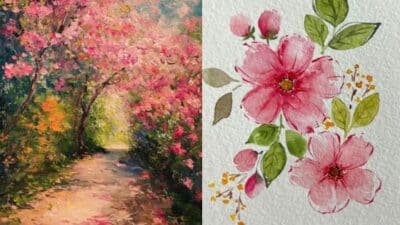Looking for new ways to spark your imagination and make something truly unique? Creative art projects give you the chance to experiment with colors, textures, and ideas—no experience required. Whether you prefer drawing, painting, collage, or mixed media, there’s something for everyone to enjoy and explore.
You don’t need a lot of fancy supplies or advanced skills; even the simplest project can lead to surprising results. From quick activities to step-by-step guides, you’ll discover ideas for all ages that will help you create, learn, and express yourself.
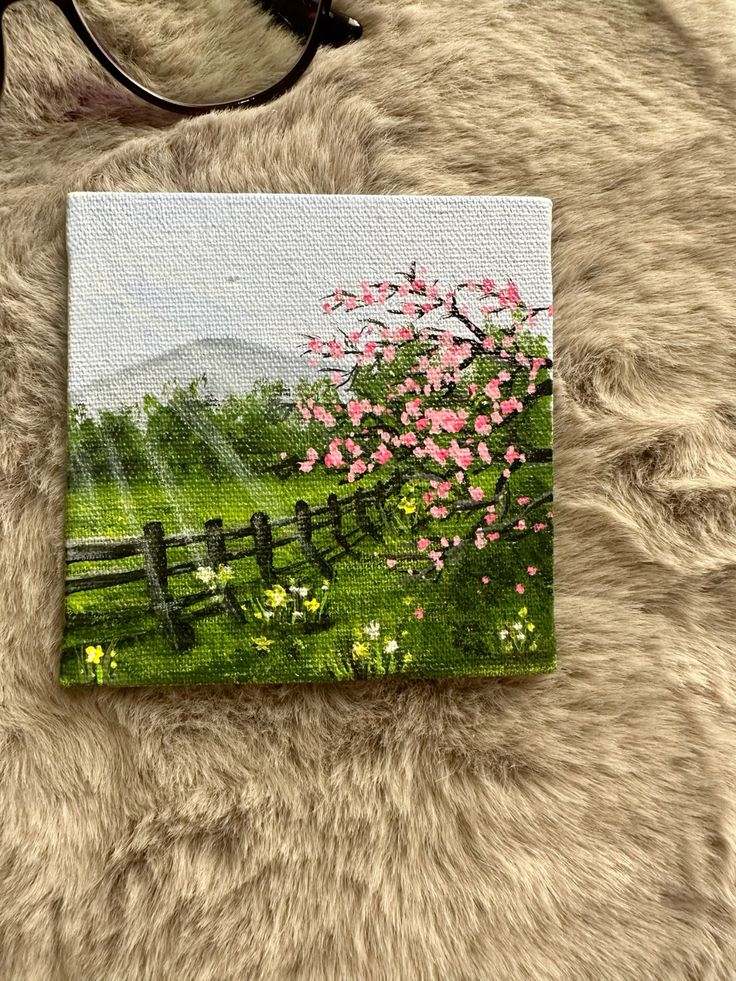
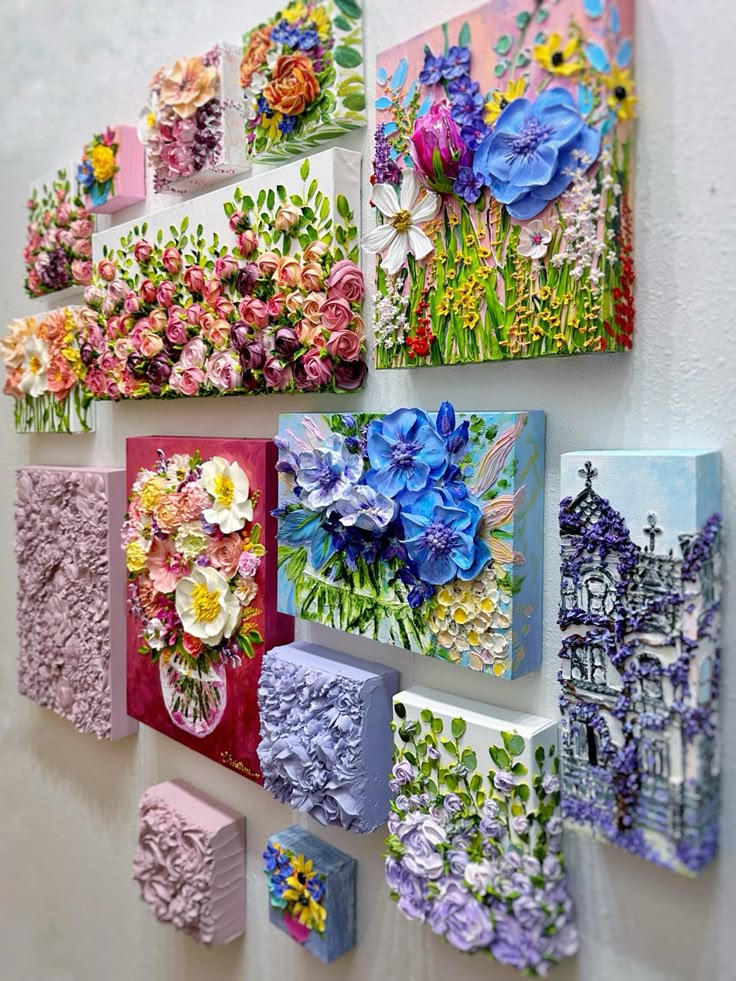
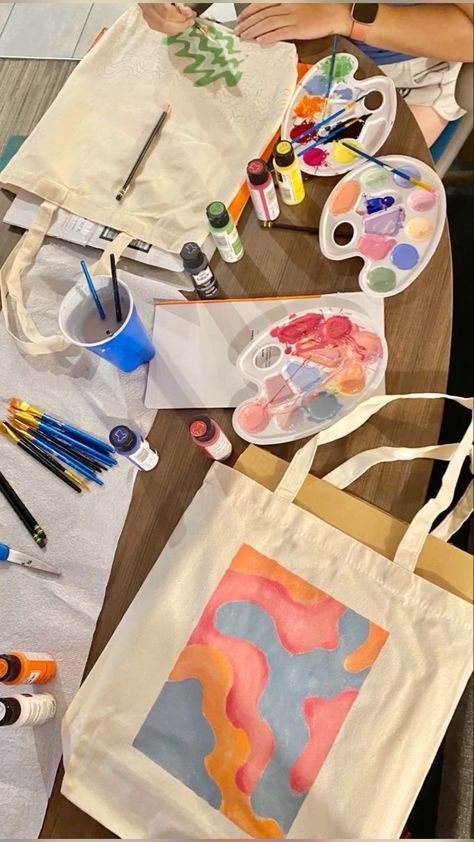
Key Takeaways
- Creative art projects help you unlock new skills and ideas.
- Easy-to-follow guides make projects accessible to all ages.
- Simple tools and inspiration can turn any project into something special.
What Are Creative Art Projects?
Creative art projects are unique activities where you use your ideas, imagination, and materials in personal or new ways. These projects help you develop your creativity, explore different art forms, and build a deeper appreciation for visual expression.
Exploring Different Types of Art Projects
You can try a wide range of creative art projects, from painting and drawing to sculpture, collage, and mixed media. Watercolor painting allows you to blend colors and create soft textures.
If you enjoy working with your hands, clay modeling, paper mache, and even recycled-material sculptures are popular options. Collage art combines images, paper, and objects for layered effects.
Other projects include making your own mosaics, mandala drawings, and digital art using simple graphic tools. For something interactive, try designing your own puzzles or crafts with natural materials like leaves, sticks, and stones.
Below is a quick list of project types you might explore:
- Painting (watercolor, acrylic, tempera)
- Collage and mixed media
- Sculpture (clay, wire, recycled)
- Drawing and illustration
- Printmaking and stamping
- Textile and fiber arts
Benefits of Creative Expression
Engaging in creative projects is more than just fun. Creating art helps you develop problem-solving skills by experimenting with new techniques. It encourages you to think outside the box and respond flexibly to challenges.
Working on art projects provides stress relief and relaxation. You might notice greater focus and mindfulness when you’re involved in making something by hand. Many people find expressing their feelings through art easier than with words.
Sharing your finished pieces can foster a sense of accomplishment and build your confidence. Creative projects are also a great way to connect with others when you share ideas, show your work, or collaborate on group projects.
Essential Materials and Tools
Getting started with creative art projects doesn’t require expensive supplies. You can begin with basic art materials such as:
| Material | Purpose |
|---|---|
| Paper or canvas | Drawing, painting, collage |
| Paints (watercolor, acrylic) | Color, texture |
| Brushes, sponges | Applying paint, textures |
| Markers, pens | Line work, details |
| Scissors, glue | Collage, construction |
| Recycled materials | Sculpture, mixed media |
Household items like cardboard, fabric scraps, bottle caps, and magazines are useful for upcycled projects. Over time, you might decide to add specialty tools such as craft knives, printmaking rollers, or digital tablets.
Choosing the right materials gives you freedom to experiment and helps you discover new creative possibilities.

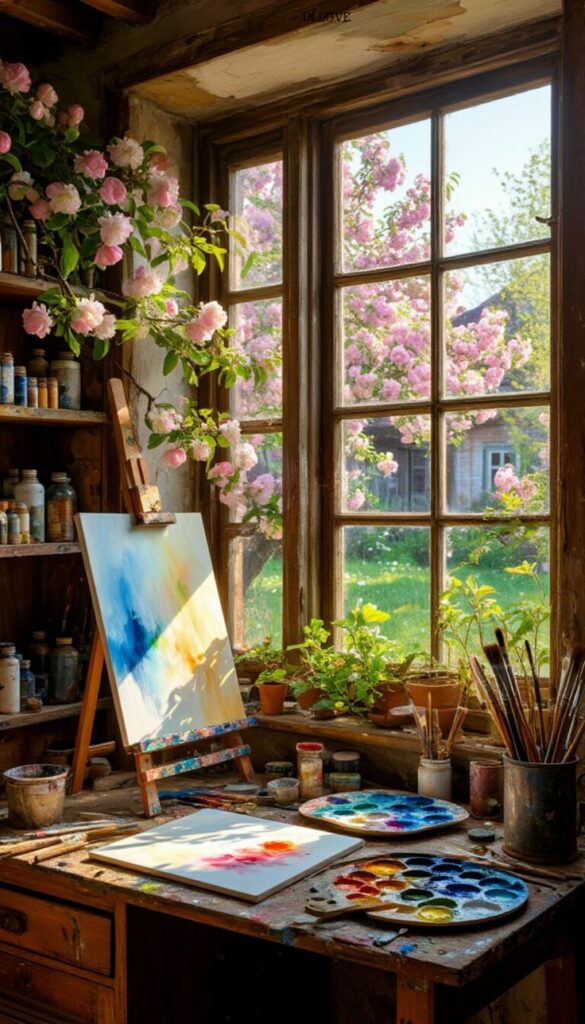

Step-By-Step Project Guides
Step-by-step project guides help you focus on the process as well as the final artwork. Clear instructions and helpful visuals let you develop new craft skills and build your confidence creating original pieces.
How to Get Started With Art Projects
Getting started with art projects is easier if you gather simple supplies like pencils, paper, markers, and glue. Choose a project guide that matches your interest, such as drawing, painting, or making paper crafts.
Make sure to set up your workspace by laying out supplies and covering the surface to protect from spills or stains. Read all instructions before starting, and prepare each material in advance.
Don’t hesitate to look for step-by-step lessons online or in books, which often break down each stage into manageable steps. This approach makes even complex crafts less overwhelming for beginners.
Detailed Examples for Beginners
Beginner projects often use basic shapes and tools. For example, a step-by-step guide for drawing a cat might use ovals for the body, circles for the head, and simple lines for the tail and whiskers.
Popular beginner crafts include paper snowflakes, bookmark making, and simple printmaking. You can follow each instruction in order, checking your work after each step. Examples often include diagrams or photos so you can compare your progress.
Paint-by-numbers kits and coloring templates are also excellent for those just starting. They guide your choices and help you learn about color matching and brush control while building your confidence.
Intermediate Techniques and Tips
After getting comfortable with beginner projects, you can try intermediate techniques like layering paint, adding texture, or combining different materials. Step-by-step project guides at this level often introduce new tools such as palette knives, sponges, or textured paper.
You may learn techniques such as mixing colors, creating shading with pencils, or decorating ceramics. At this stage, project guides include troubleshooting tips in case you run into issues with proportions or materials.
Keep experimenting with crafts like collage or simple printmaking processes. Remember to review each step often, using reference images or diagrams as you work to improve your skills and develop your personal style.



Creative Art Projects for Different Age Groups
Creative art projects can be tailored to match any age, skill level, or group dynamic. Choosing the right activities can help develop important abilities, encourage collaboration, and make the experience more enjoyable for everyone involved.
Art Projects for Children
Children benefit from hands-on projects that use safe, simple materials. Activities like finger painting, sponge stamping, and homemade playdough sculptures stimulate imagination and nurture fine motor skills.
Cutting and pasting activities, such as making collages from recycled paper, also build hand-eye coordination. Projects that include drawing shapes, tracing templates, or threading beads support early writing and dexterity.
Many kids enjoy seasonal crafts, like painting leaves or making holiday cards. Group mural painting or decorating handprints can encourage teamwork and lets each child make a personal mark.
Example Art Projects Table
| Project | Skills Focused On | Materials Needed |
|---|---|---|
| Collages | Cutting, gluing | Paper, glue, magazines |
| Bead Threading | Fine motor skills | Beads, string |
| Sponge Painting | Grip, coordination | Sponges, paint, paper |
Art Activities for Teens and Adults
Middle schoolers, teens, and adults tend to prefer projects that are more detailed or can be personalized. Drawing, watercolor painting, and block printing allow space for creativity and skill-building.
DIY stamp making, embroidery, and mixed media collages introduce new techniques and offer opportunities for individual expression. You can also try hand lettering or digital art for a modern twist. These activities foster both artistic confidence and focus.
Group workshops, like collaborative canvas painting or clay pottery sessions, provide a chance to socialize and learn from others while working on more advanced projects.
Family and Group Projects
Art can bring people together, especially in family or group settings. Collaborative murals, giant weavings, or group mosaics allow everyone to contribute, regardless of age or skill level.
You might set up a “creation station” with shared supplies for mixed-age kids and adults to explore together. Activities like communal collages or group painting on fabric (such as banner-making) are inclusive and adaptable.
These projects encourage teamwork, communication, and shared creativity. Working as a group also helps younger participants observe and learn new skills, while older members can assist and inspire.



Essential Tools and Techniques
Selecting the right materials and setting up your workspace can make your creative art projects smoother and more enjoyable. By making thoughtful choices and keeping safety in mind, you streamline the process and avoid common frustrations.
Choosing the Right Glue and Adhesives
Picking the correct adhesive depends on the materials in your project. For paper crafts and lightweight decorations, a glue stick or school glue is usually sufficient. If you work with fabric, look for fabric glue that dries clear and flexible.
For 3D projects or crafts with wood, cardboard, or ceramics, PVA glue and hot glue guns are popular choices. Hot glue sets quickly, but be careful with the temperature—hot versions bond well but can cause burns if mishandled.
Consider these points when selecting glue:
| Type of Glue | Best For | Key Notes |
|---|---|---|
| Glue Stick | Paper, photos | Mess-free, dries fast |
| White PVA Glue | Paper, wood, lightweight craft | Versatile, dries clear |
| Hot Glue | Wood, cardboard, plastics | Strong, quick set, hot |
| Super Glue | Small, hard surfaces | Bonds instantly, caution |
Dispose of unused adhesives properly and clean up any drips or spills right away.
Using Recycled Materials Creatively
Recycled materials offer you affordable options and help reduce waste. Common items like cardboard boxes, glass jars, fabric scraps, and plastic bottles serve as excellent bases for unique art projects.
Egg cartons can become creature sculptures or paint trays. Old magazines and newspapers work for collages and papier-mâché. Plastic containers are handy for storage or as forms for molds.
To use recycled materials safely and effectively:
- Clean all items thoroughly before use.
- Remove labels and sharp edges.
- Sort and store recycled parts by material type for easy access.
Get inspired by looking at household waste from a creative angle. Turning trash into art is a fun way to personalize your creations and experiment without spending much.
Safety and Setup for Art Projects
Setting up your workspace with health and safety in mind prevents accidents. Keep sharp tools like scissors and craft knives stored safely when not in use. If using hot glue guns or chemicals, work in a well-ventilated area and use safety gloves if needed.
Lay down newspaper or a plastic tablecloth to protect surfaces from glue, paint, and other messes. Good lighting helps reduce eye strain and makes detailed work easier.
Keep a small first aid kit on hand and remind children or helpers to wash their hands after handling materials. Clearing away clutter between project steps makes your experience safer and calmer.


Inspiring Your Own Creative Projects
Creativity thrives when you find new ways to look at your surroundings and materials. Simple adjustments in your environment and daily habits can unlock fresh ideas for your art projects.
Sparking Creativity at Home
Transforming your home into a space for creativity starts with accessible materials and a dedicated area. Set aside a small table or corner as your art space, and keep supplies like paints, sketchbooks, or craft tools within reach.
Experiment with projects such as making your own house signs using MDF and wire, or creating DIY pigments from kitchen ingredients. List out ideas in a notebook or use a bulletin board to organize project thoughts and inspirations.
Try changing up your routines, like creating art at different times of day or with new music playing. Invite friends or family to join, making art sessions more interactive and fun. Small challenges, like quick daily sketches, can help build momentum and spark new ideas.
Finding Inspiration in Everyday Life
Your daily experiences offer a steady source of artistic inspiration. Pay attention to the colors, shapes, and patterns you encounter while on a walk, commuting, or even cooking. Photograph anything interesting you see and start an inspiration folder on your phone.
Keep a journal to jot down thoughts, quotes, or interesting conversations that might fuel future creative projects. Consider using common objects—spoons, leaves, tickets—in your artwork to add a personal touch.
Look for creative prompts in books, songs, or online communities where people share their own personal projects. Engage with these communities to swap ideas and gain motivation. Everyday moments, when noticed, can become the starting point for truly unique art.
- 5.8Kshares
- Facebook0
- Pinterest5.8K
- Twitter0

